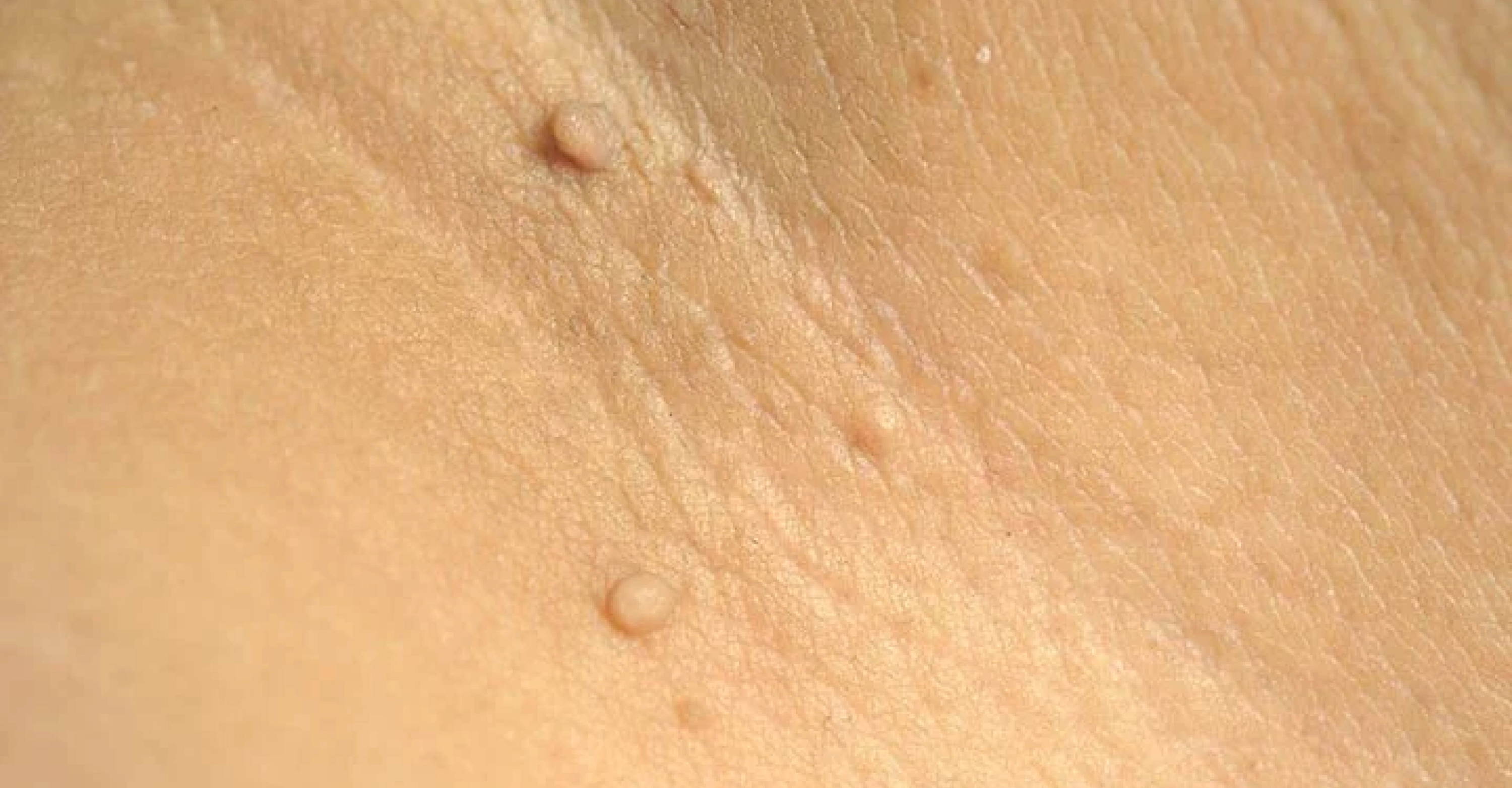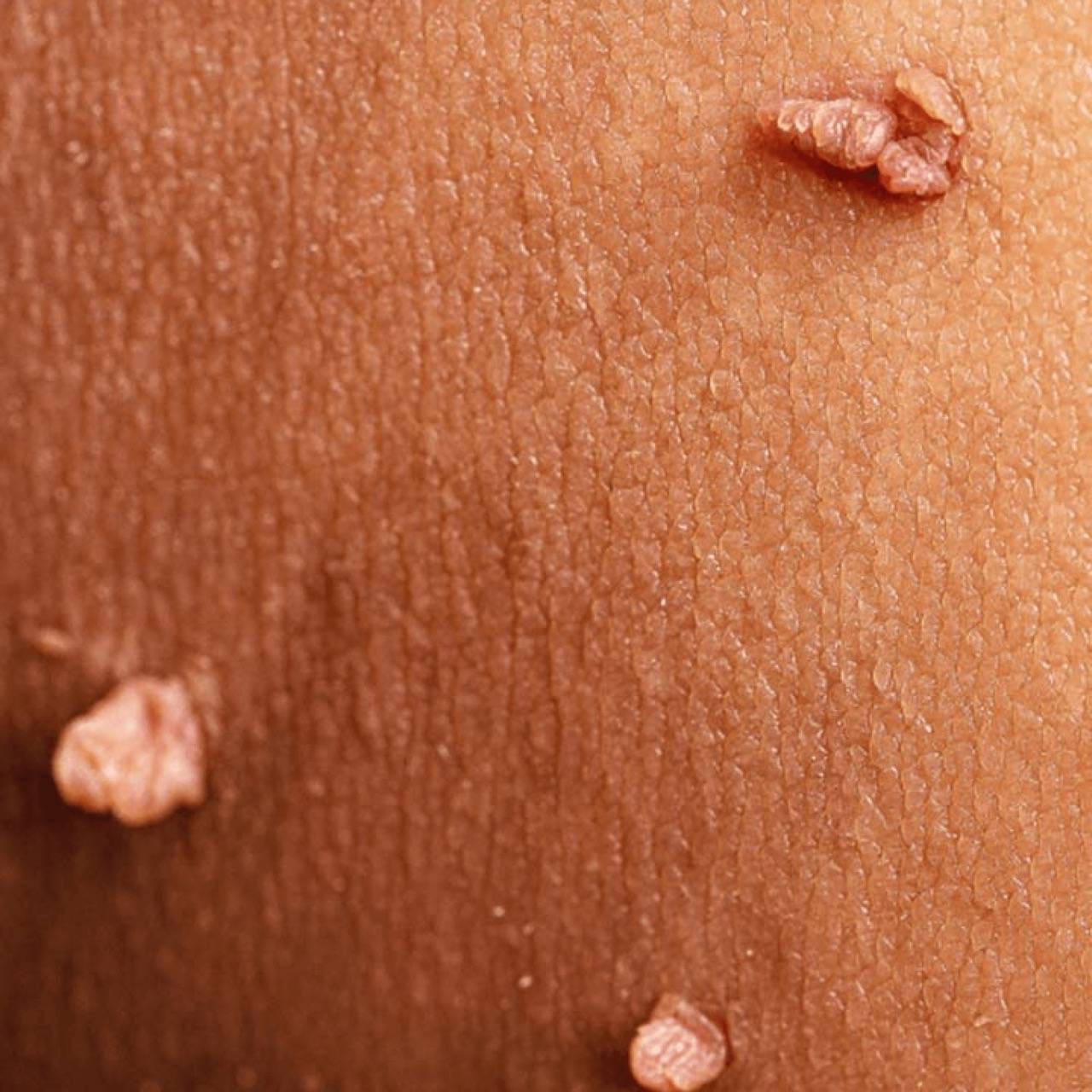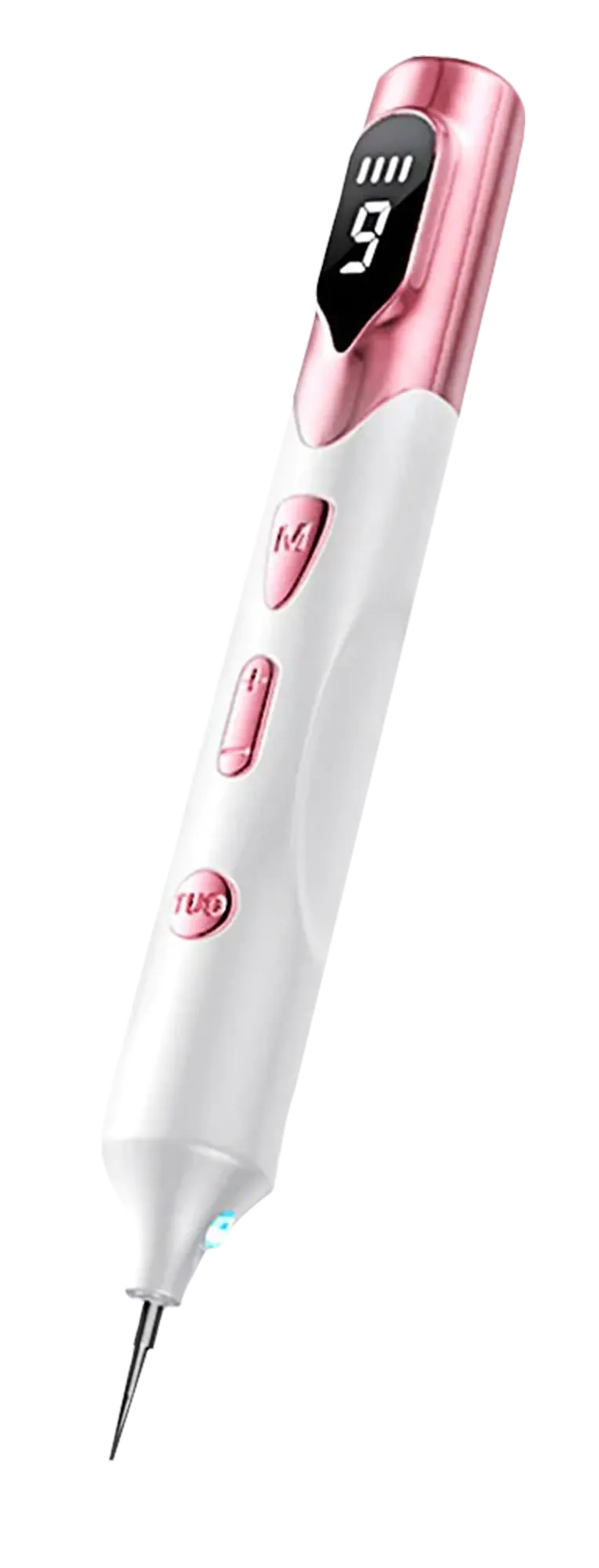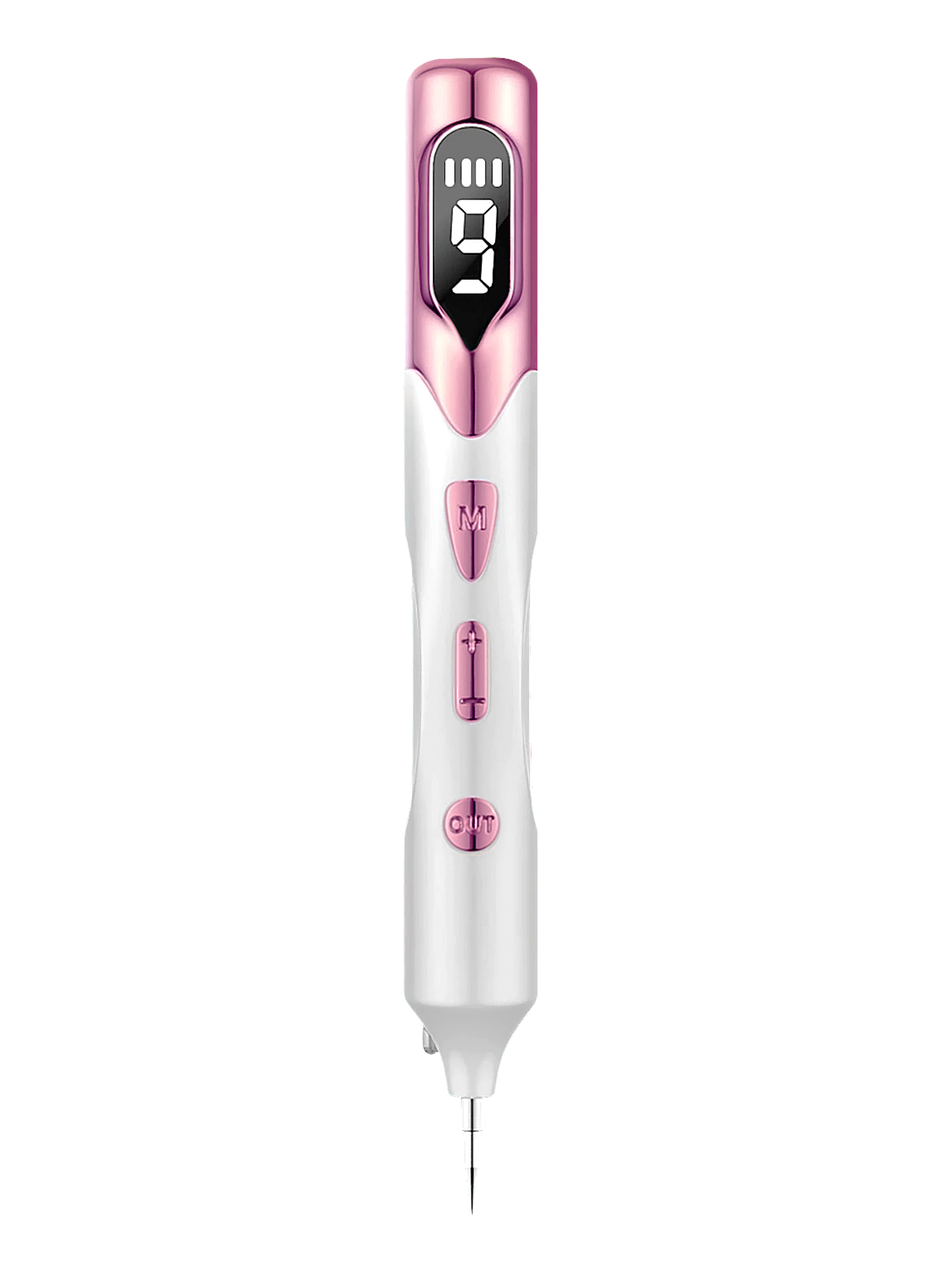How to Remove Skin Tags on the Genital Area (2023)
Published on Jul 24, 2023

Skin tags on the genital area
What are genital skin tags?
Skin tags, also known as acrochordons, are small, soft, and growths that can appear on or around the genital area, including the penis.
These benign skin growths are composed of collagen fibers and blood vessels and are typically harmless.
While they may vary in size, they are generally smaller than two centimeters in diameter.
The exact cause of genital skin tags is not fully understood, but they are believed to be the result of friction or rubbing of the skin against itself.
Obesity and hormonal changes are among the risk factors associated with their development.
It is essential to differentiate genital skin tags from other conditions, such as genital warts or sexually transmitted infections.
Unlike genital warts, which are caused by the human papillomavirus (HPV), skin tags are not contagious and are not linked to viral infections.
Plus, they have a characteristic appearance of soft, flesh-colored growths, whereas genital warts may have a cauliflower-like appearance.
Understanding the nature of the skin tag growth is the first step in determining the appropriate course of action for removal and care.
Potential pain and discomfort
One common concern among individuals with genital skin tags is whether they can cause pain or discomfort.
In most cases, genital skin tags are painless and do not cause any symptoms.
But, certain factors such as the size, location, and friction in the area can lead to occasional irritation.
It is essential to note that pain or discomfort associated with genital skin tags is not typical.
While they are usually harmless, any unusual symptoms should be assessed by a healthcare professional to rule out other potential issues.
Self-removal methods in the genital area can lead to complications, infection, or further irritation.
At-home removal remedies
For those seeking to address genital skin tags in the privacy of their homes, there are several at-home removal methods available.
Over-the-Counter (OTC) solutions:
Some of these products are marketed for skin tag removal and may be applied to genital skin tags. They typically contain ingredients like salicylic acid or tea tree oil, which are believed to break down the tissue of the skin tags.
While they can be convenient to use, results may vary, and they may not be as effective on larger or more stubborn skin tags.
Tying off with dental floss or thread:
This method involves tying off the base of the skin tag with dental floss or thread to cut off its blood supply. Over time, the skin tag may wither and fall off.
But, this approach carries the risk of infection if not done properly, and it's not recommended for individuals with certain health conditions.
Freezing products:
OTC cryotherapy kits usually contain a freezing agent like dimethyl ether propane, which can cause the skin tag to fall off after a few applications.
While this method is relatively easy to use, it may not be as precise as professional cryotherapy, and caution is needed to avoid damaging the surrounding healthy skin.
Before attempting any at-home removal method, it's important to thoroughly research the technique and understand the potential risks.
For a safer and more effective approach to genital skin tag removal, it is advisable to seek professional treatment.
Medical treatments for genital skin tags
Medical interventions are performed by qualified healthcare professionals, ensuring precision and reduced risks. Below are some common of them for genital skin tags:
Cryotherapy: This is a medical procedure that involves freezing the skin tag using liquid nitrogen to the skin tag eventually falls off. Is a quick and effective method, and it is often used for both small and larger genital skin tags. But, it may be mild discomfort during the procedure, and temporary redness or blistering after the treatment.
Electrocautery: This is a procedure that uses an electric current to burn off the skin tag. Is effective for larger skin tags, and it can provide immediate results. After the procedure, the treated area may form a small scab, which eventually falls off as the skin heals.
Excision: In cases where skin tags are large or in clusters, excision may be recommended. During this procedure, the healthcare professional uses a scalpel or surgical scissors to cut off the skin tag at its base. Is a quick procedure with minimal downtime, but it may leave a small scar.
Ligation: It involves tying off the base of the skin tag with a sterile surgical thread, cutting off its blood supply to the skin tag will eventually fall off. Is typically used for larger skin tags and may require multiple sessions for complete removal.
Laser therapy: It utilizes a focused beam of light to target and remove the skin tag. The laser cauterizes the blood vessels, reducing bleeding during the procedure. Is effective for small to medium-sized skin tags and may require multiple sessions for complete removal.
Surgical procedures
In certain cases, surgical procedures may be recommended for the removal of genital skin tags, particularly if they are large, numerous, or located in sensitive areas.
They provide a more definitive and precise approach, but they are typically reserved for more complex cases.
Here are common of them used for removing genital skin tags:
Shave excision: It involves using a scalpel to shave off the skin tag at its base, typically at skin level. Is suitable for smaller skin tags and is less invasive than other surgical methods. But, there is a possibility of minor scarring or skin discoloration.
Scissor excision: It is similar to shave excision, but instead of a scalpel, surgical scissors are used to remove the skin tag. this method is appropriate for smaller skin tags with less bleeding and minimal sutures.
Elliptical excision: It involves creating an elliptical incision around the base of the skin tag to completely remove it, including some surrounding healthy skin. This is used for larger or irregular skin tags. But it may leave a more noticeable scar than other surgical methods.
Laser surgery: It utilizes a high-energy laser beam to vaporize and remove the skin tag. Is precise and causes minimal bleeding during the procedure. It is often used for smaller skin tags and may require multiple sessions for complete removal.
Addressing safety and risks

A woman cares for her skin
When dealing with genital skin tags, safety should always be the top priority.
While many removal methods are available, it's essential to approach the process with caution and choose the most suitable method based on individual needs and circumstances.
Here's how to address safety concerns when dealing with genital skin tags:
Professional consultation:
Before attempting any removal method in the genital area, consider a healthcare consulting for an accurate diagnosis, and get the most appropriate removal method based on their size, location, and medical history.
Avoid uninformed treatments:
While some home remedies may seem practical, attempting to remove genital skin tags without proper knowledge or guidance can lead to complications. Avoid using sharp objects or tying skin tags without knowing the process.Understanding potential risks:
Each removal method comes with its own set of potential complications. Home remedies may cause skin irritation, and surgical procedures may result in scarring. It's crucial to know the risks associated with each method before proceeding.
Evaluating individual tolerance:
Everyone's skin is different, and what works well for one person may not be suitable for another. Consider your skin's sensitivity and tolerance to different treatments when deciding on a removal method.
Proper aftercare:
Following the removal of genital skin tags, proper aftercare is vital for optimal healing and reducing the risk of infection or complications. Follow the healthcare instructions and avoid any activities that may disrupt the healing process.
Monitoring for recurrence:
While some removal methods offer permanent results, there is still a possibility of new skin tags developing in the future. Regularly monitor the treated area and seek prompt medical attention if any concerns arise during the healing process.
What is the best method for the genital area?
It's crucial to remember that genital skin tags are a sensitive matter, and safety should be a priority when considering any removal approach.

Throughout this article, we have emphasized the importance of prioritizing safety and effectiveness when dealing with genital skin tags.
Whether choosing at-home remedies or seeking medical interventions, it's essential to weigh the benefits and risks carefully.
With the knowledge gained, we hope you feel more empowered to make informed decisions about the most suitable removal method for your genital skin tags.
Always remember, taking care of your skin's health is a journey worth investing in.
Seek the best solution that aligns with your needs and preferences, and don't hesitate to prioritize your well-being throughout the process.
REMOVE YOUR SKIN TAGS AT HOME WITHOUT THE HIGH PRICE

Skintify Fibroblast Plasma Pen
✓ 60 day money-back guarantee
Get your Skintify Plasma Pen with 30% off!
Say definitely goodbye to skin tags. Don't miss this opportunity to achieve real results.
Visit the site now and place your order before it's too late. Get the flawless skin you've always dreamed of!
Deal ending in:
- 4780 Winchester Blvd, Frederick Maryland, 21703
- support@skintify.co
- +1 786 540 6175




